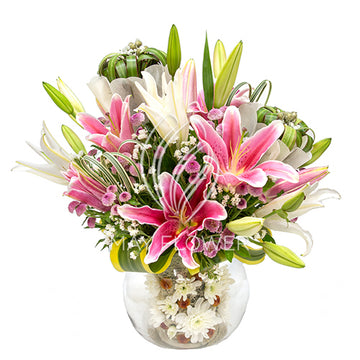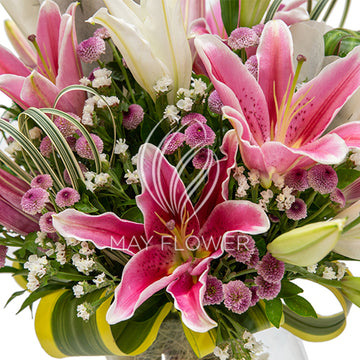How To Grow Orchids
How To Grow Orchids
Orchids are among the most beautiful flowers of the entire plant kingdom, combining exotic looks with a diverse set of characteristics. Orchids are exquisite plants, compromising over 30,000 different species and over 200,000 hybrid varieties–making orchids the largest family of plants in the world. Capable of growing indoors and outdoors, orchids are no doubt unique and, unfortunately for some potential green-thumbs, difficult to grow successfully. Someone who hopes to grow orchids should prepare themselves for both the failures and triumphs that breeding this lovely plant variety bring.
1. Select a species of orchid
Some orchids are easier to grow than others. Cattleya, Phalaenopsis and Paphiopedilum orchids are amongst the easiest to grow and are recommended for most beginner gardeners and orchid growers. There are, however, believed to be over 20,000 species of orchid species — that’s 2 times the amount of existing bird species and 4 times the amount of existing mammalian species. There’s almost literally an orchid for any type of person.
Perhaps the most common genera of orchids found for sale include Phalaenopsis, Dendrobium and Oncidium. Phalaenopsis is known as the “moth orchid” and is extremely popular among beginning growers; the genus Dendrobium contains about 1,200 species of orchids and is the classic epiphyte of orchids; Oncidiums are characterized by column wings and a callus at the lip of the flower.
Different genera of orchids have different ideal humidity, growing temperatures, watering schedules, and light requirements. Talk with your local nursery or visit the local chapter of your orchid society to find out what makes your genus of orchid grow best.
2. Choose the right kind of soil for your orchids
Some first-time orchid growers make the mistake of assuming that orchids need to be potted in soil like other blooming flowers, choosing potting soil as a conduit. That would be a grave mistake. Most orchid roots need far more air than potting soil would give them, and so benefit from a looser, more porous mix.
Many people use bark chips, spaghnum moss, coconut husks, charcoal, perlite, and even styrofoam pellets as potting mix, often in combination. Experiment with porous, breathable mixes that you have on hand, or ask an expert for his or her special recipe.
3. Try a potting mix, or combination of several different mediums
For simplicity’s sake, you can make two basic kinds of potting mixes that will work for most kinds of orchids.
4. Unless your orchid is a big plant, choose a snug pot for your orchid
Many orchids are comfortable being root-bound. Choose a smaller pot to place your orchid in, making sure that there are plenty of holes in the pot itself for drainage. Remember, the enemy of orchids is often over-watering. Some orchids, such as cymbidiums, will require longer pots to accommodate very long root systems. The following types of pots offer a break from the traditional clay pot (which is perfectly acceptable):
5. If propagating seeds, be patient
Make sure your hands and your environment are sterile. Scatter just a few seeds immediately beneath the surface of each pot. Add environmentally-friendly fertilizer, if necessary. Again, use the best soil available.
6. Pot your orchid
Remove the orchid from its original pot, making sure to cut off any dead or rotting roots. Divide the root matter into several different sections, if needed, before placing the plant in its pot. The most mature section of growth should be positioned against the wall of the pot. Lightly add the potting mix, barely covering the root system.
7. Know when to re-pot your orchids
Different orchids benefit from being re-potted accordingly:
Nurturing Your Orchids
Check your orchid’s leaves if you want to diagnose whether it’s getting too much light or not enough. Orchid leaves should be a light, even green if healthy. If the leaves are dark green, it means that the orchid isn’t getting enough light. If the leaves are yellow, brown, or reddish, it means they’re getting too much.
Keep the following genera moist (although not soggy) at all times: Paphiopedilum, Miltonia, Cymbidium, and Odontoglossum.
























